Easy Multigrain Sourdough Recipe
Your folders
Your folders
Prep Time: 240 minutes
Cook Time: 45 minutes
Total: 1605 minutes
Servings: 1
Cost: $27.62 /serving
Author : Kate Freebairn

Ingredients
Export 10 ingredients for grocery delivery
Instructions
Step 1
Before You Start: Before you start this bake, you'll need to soak your seeds and oats in about 100g of water. Only soak pumpkin, sunflower, flax and oats (not poppy seeds, sesame seeds or hemp). Just leave them for around an hour. They will soak up all of the water in this time.
Step 2
Autolyse: Weigh out your sourdough starter and water into a large ceramic or glass bowl. Mix the water and starter together briefly. Then add your flour and salt and mix altogether with a silicone dough scraper. The dough will be fairly shaggy and only just brought together (see photo).Cover your bowl with cling film or a damp tea towel and let it sit for around 1 hour.
Step 3
Adding Your Seeds:After the dough has been through autolyse you will need to add your seeds. If there is still water sitting in the bowl of seeds, drain it off. The seeds will be quite wet but this will help them incorporate into the dough.Put all the seeds and oats into the middle of the bowl and work your way around, folding the dough over the seeds and oats and incorporating them into the dough.Don't worry if your seeds haven't worked through the dough fully, they will be evenly distributed when you complete the stretch and folds.Once the dough has formed into a ball, pop the cling film back on and let it rest for 30 minutes.
Step 4
Stretch & Folds:Over the next few hours you need to create some structure for your dough by "stretching and folding". Aim to do around 4-6 sets of stretches and folds. For each set, stretch the dough up and over itself 4 times. Leave around 15 minutes in between each set. You do not have to be exact with time, but you need to do at least 4 sets over 2 hours.
Step 5
Bulk Ferment:Once you've finished your stretch and folds, place the cling film or damp tea towel back over your dough and let it rest and ferment (see notes).
Step 6
Shaping Your Dough:Once your dough has finished its first ferment, it's time to form it back into a ball and give it some shape and surface tension. You'll need to flour your counter top with rice flour for this (we use rice flour because it has no gluten). Try to be quite sparing with the rice flour, you only need a very light dusting.Use a silicone dough scraper to gently ease the dough out of the bowl. You want it to land upside down on your counter so that the smooth top of the dough is on the countertop and the sticky underside is facing up. This will make it easier to shape.You want to pull the edges of the dough into the centre and then flip it over so that the sticky side is now underneath. Using the stickiness, gently pull the dough into a tight ball.
Step 7
Adding Topping:You will need a banneton to put your dough into. If you do not have a banneton, then a bowl or basket lined with a floured tea towel is perfectly fine. Make sure your bowl isn't too big though, you want your dough to retain some shape.Whatever you're using needs to be liberally floured with your rice flour. Then, add the seeds you'd like on the top of your sourdough to the bottom of the banneton.Place your dough, seam side up into the bannton.This will allow the seeds to stick to the top of the dough, so when you flip it out to bake, they won't all fall off.
Step 8
Cold Ferment:Now your dough is in it's "shaping container" cover it loosely with a plastic bag or damp tea towel and place into the fridge. I use a large plastic bag to cover it - I just reuse it each time. It's not totally essential to cover it - you can place it in the fridge uncovered if you'd prefer.Try to leave it in the fridge for a minimum 5 hours up to a maximum of around 36 hours. The longer you leave it the better your bread will be! A longer cold ferment creates beautiful blisters on your crust and a deeper sourdough flavour. It will also ensure your dough forms a skin which makes it easier to score. For this multigrain bread, I highly recommend leaving your dough in the fridge for 36 hours - it creates the most amazing flavor!
Step 9
Preparing to Bake:Once you're ready to bake your sourdough, you'll need to preheat your oven to 230C/450F. Place your Dutch Oven into the oven when you turn it on so it gets hot. Try to preheat for around 1 hour to ensure your oven is super hot - but you know your oven so just adjust this time if you need to. Leave your dough in the fridge until the very last minute - placing a cold dough into a hot oven will give you a great "spring".
Step 10
Scoring Your Sourdough:Now it's time to score! When your oven is at temperature, take your sourdough out of the fridge. Gently flip your dough out onto a piece of parchment paper so that the seeded top is facing up.Make sure that you make the baking paper big enough to use the edges as a handle to lower to dough into your Dutch Oven.Gently score your bread with a lame, clean razor blade or knife. At minimum a large cross is sufficient, but you can get as artistic as you like (although it can be hard with a seeded loaf). Try to score it fairly deep to ensure the dough opens up.
Step 11
Baking Your Sourdough:Carefully take your dutch oven out of the oven. Place the sourdough into the pot using the baking paper as a handle. Put the lid on and place into the hot oven. If you want to you can spritz your dough with extra water before you put the lid on.If you're worried about the base of your bread burning, place a baking sheet on shelf underneath your Dutch Oven - it works!BAKE TIME:30 Minutes with the lid on at 230C/450F plus10-15 Minutes with the lid off at 210C/410F
Step 12
Finishing Your Bake:When you remove your dough from the oven, carefully remove it from the dutch oven as soon as possible and place on a wire rack to cool.
Top similar recipes
Curated for youYour folders
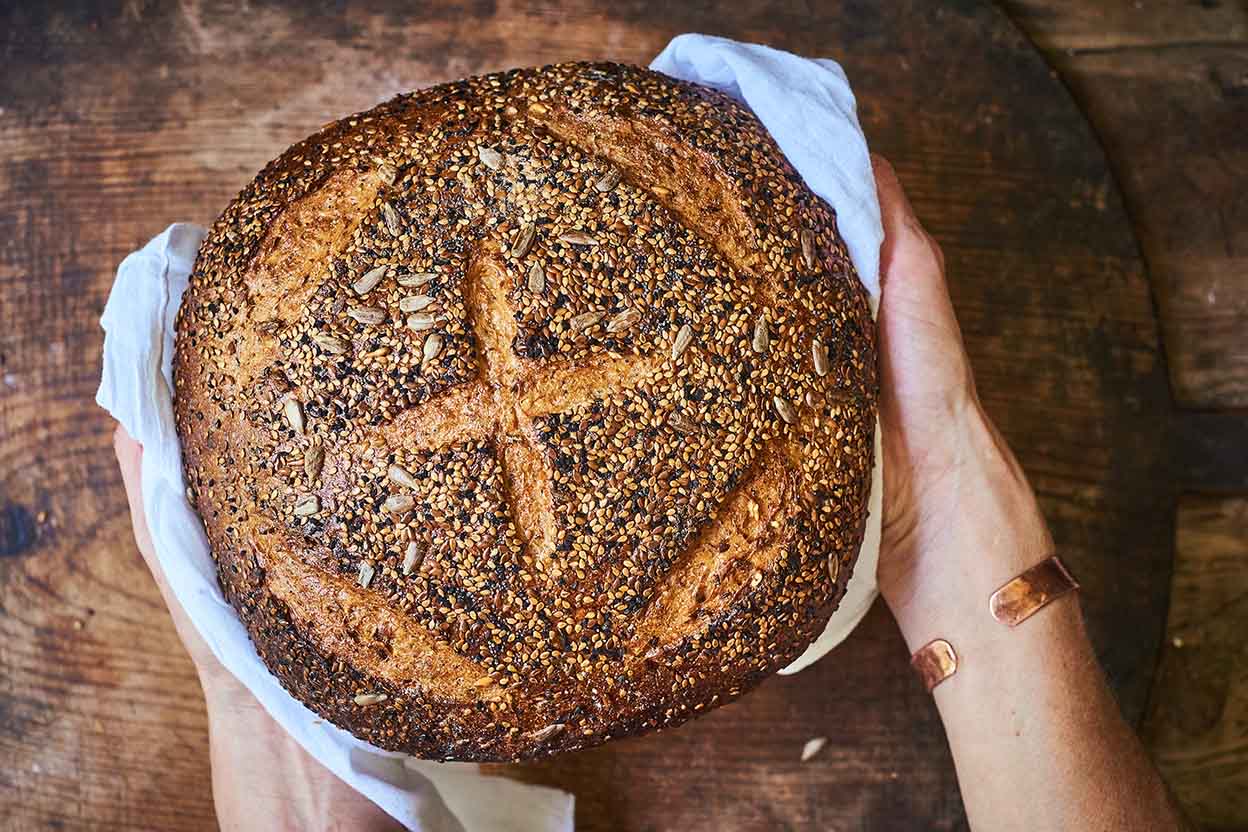
 375 views
375 viewsMultigrain Sourdough Boule
kingarthurbaking.com
4.6
(151)
55 minutes
Your folders

 319 views
319 viewsMultigrain Raisin Sourdough
kingarthurbaking.com
4.8
(36)
45 minutes
Your folders

 103 views
103 viewsMultigrain Sourdough Bread
amybakesbread.com
5.0
(6)
45 minutes
Your folders
 74 views
74 viewsMultigrain Sourdough Bread
amybakesbread.com
Your folders
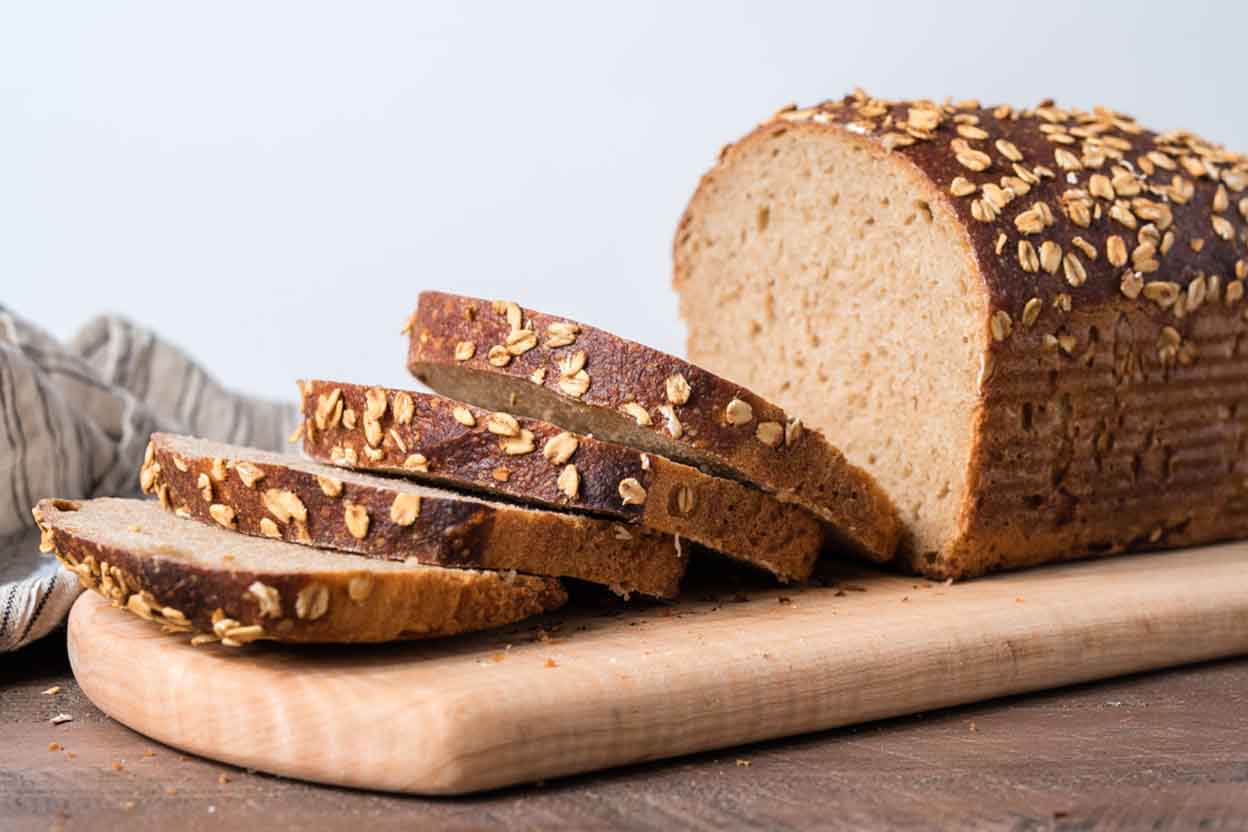
 255 views
255 viewsMultigrain Sourdough Sandwich Bread
kingarthurbaking.com
4.4
(47)
1 hours
Your folders

 803 views
803 viewsSeeded Multigrain Sourdough Bread
vanillaandbean.com
5.0
(58)
50 minutes
Your folders
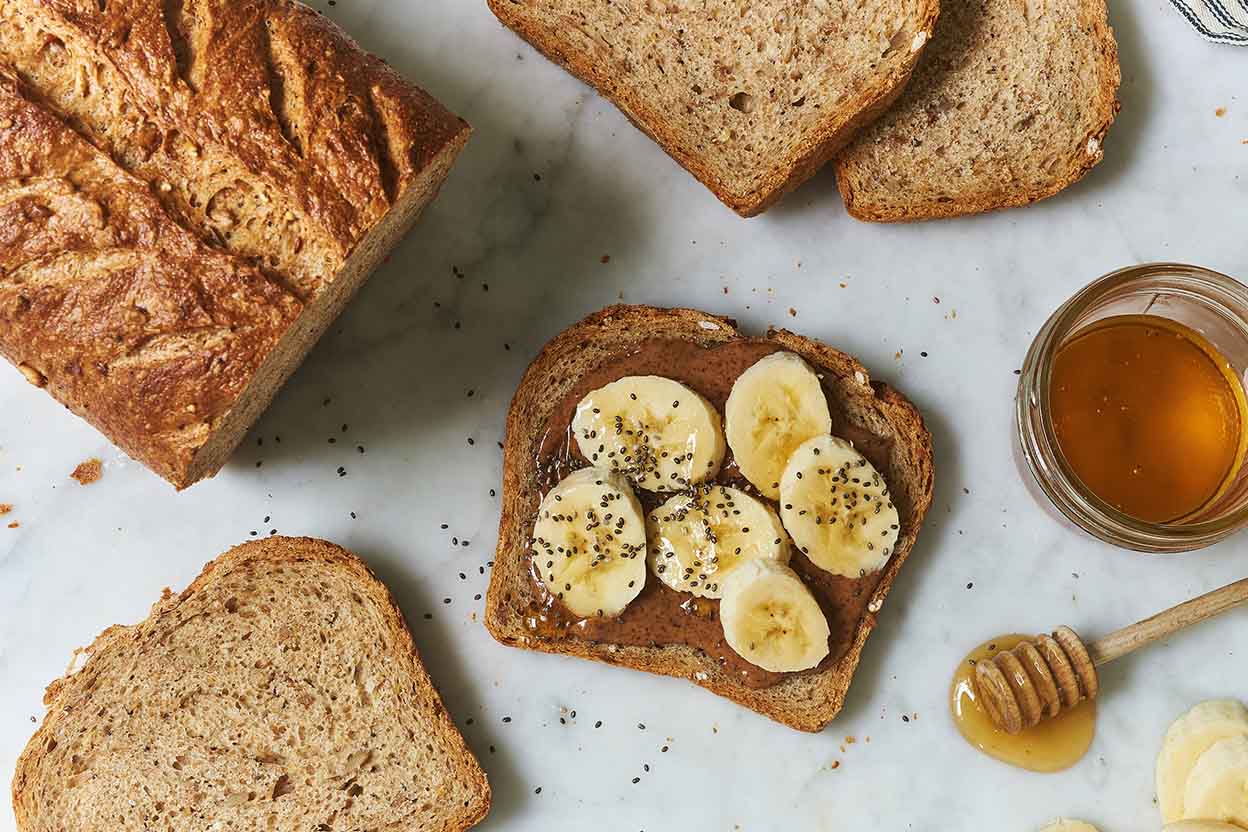
 453 views
453 viewsSeeded Multigrain Sourdough Bread
kingarthurbaking.com
4.7
(16)
32 minutes
Your folders
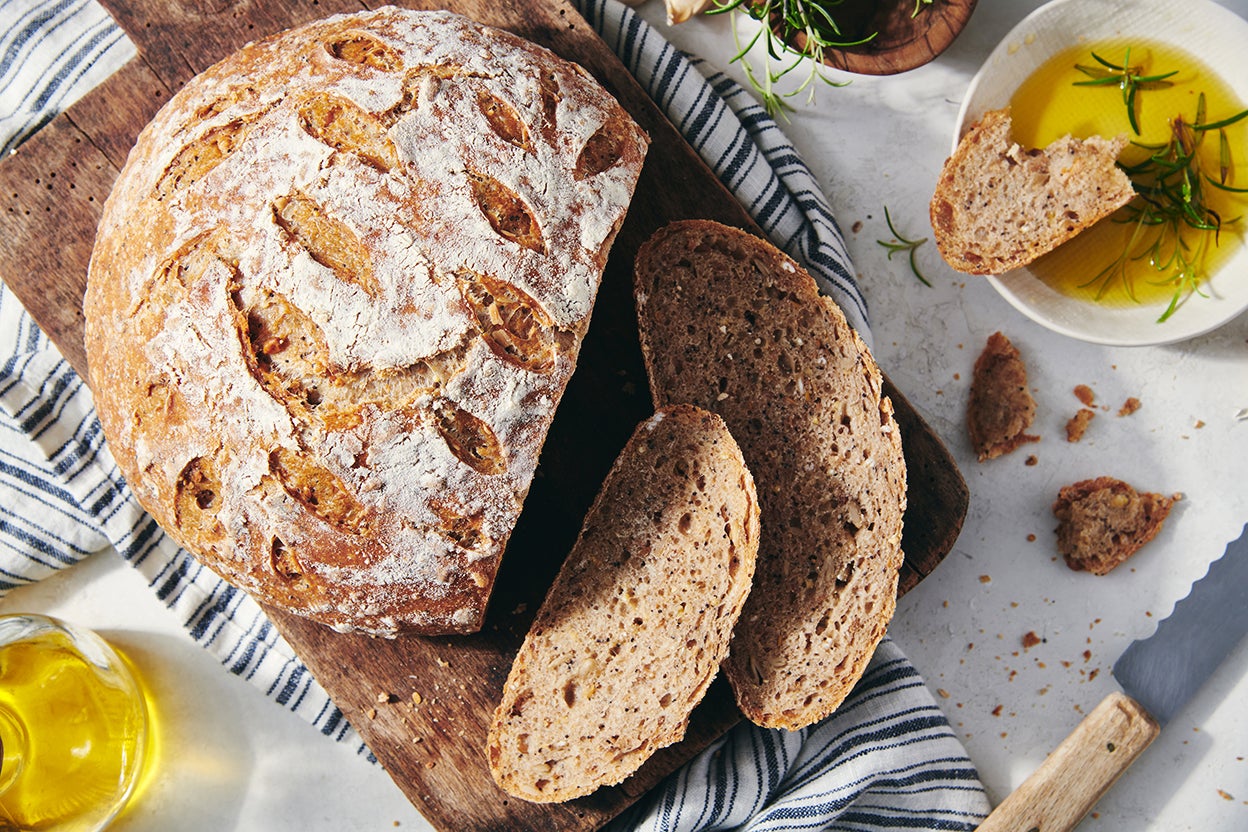
 224 views
224 viewsEasy Multigrain Bread
kingarthurbaking.com
4.4
(49)
1 hours, 5 minutes
Your folders
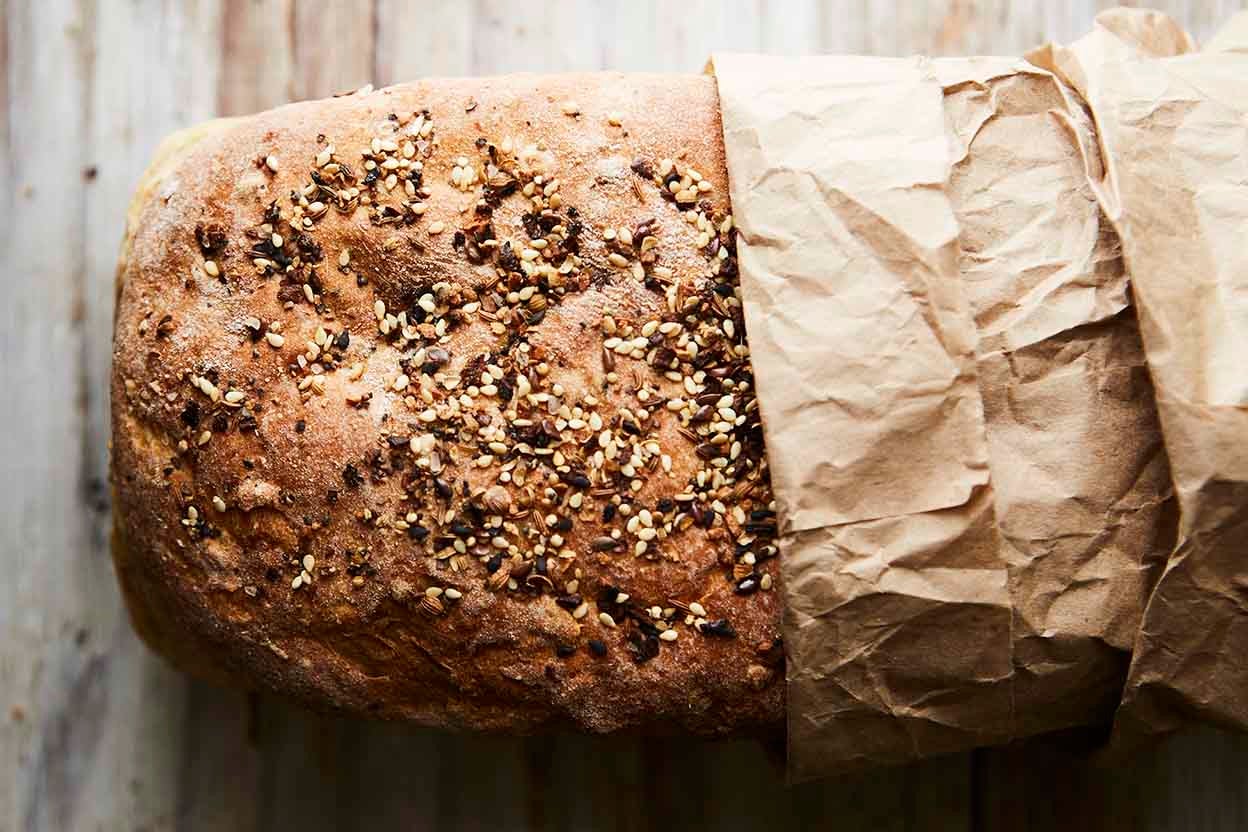
 580 views
580 viewsClay's Multigrain Sourdough Sandwic...
kingarthurbaking.com
4.6
(139)
35 minutes
Your folders
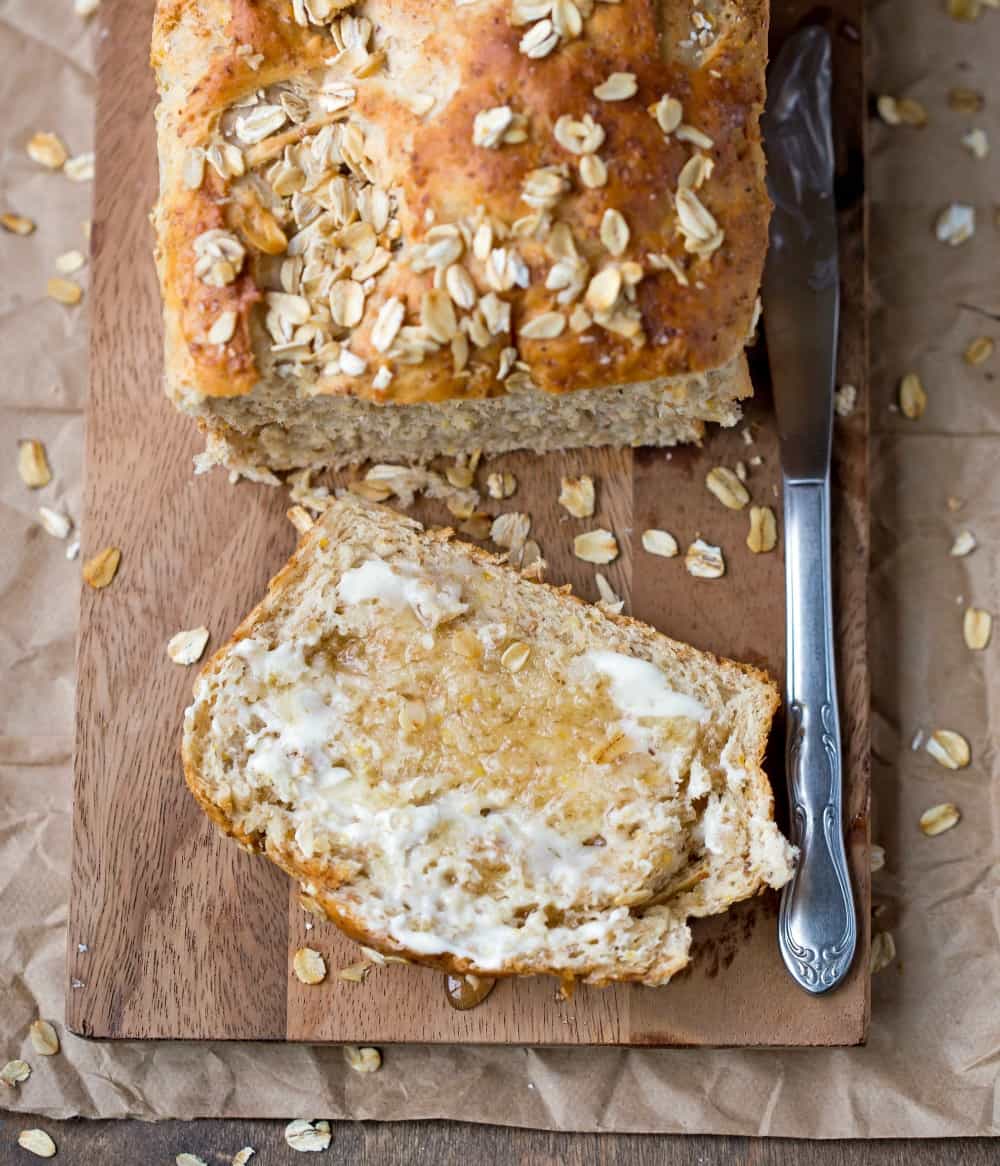
 452 views
452 viewsMultigrain Bread Recipe
ihearteating.com
5.0
(51)
30 minutes
Your folders

 482 views
482 viewsMultigrain Bread Recipe
ihearteating.com
5.0
(51)
30 minutes
Your folders
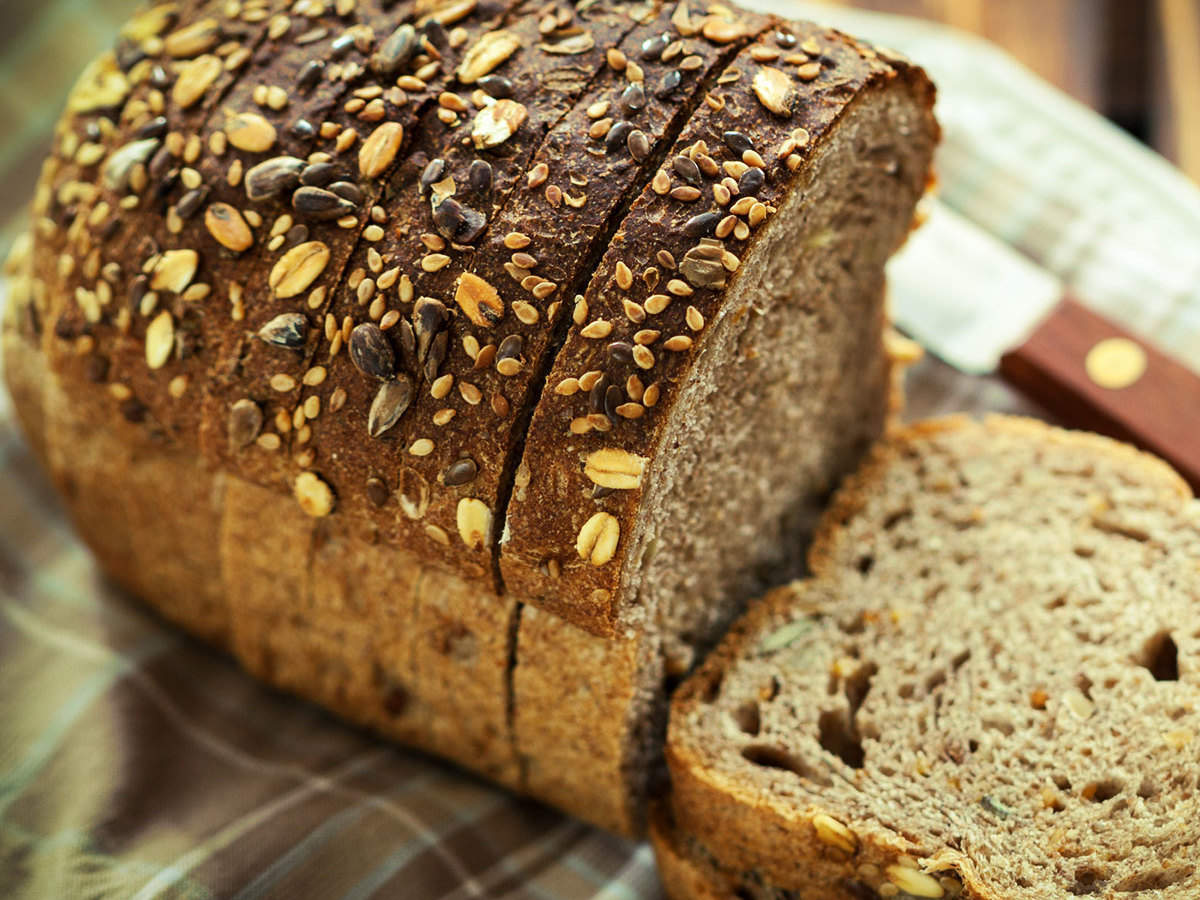
 653 views
653 viewsMultigrain Bread Recipe
recipes.timesofindia.com
Your folders
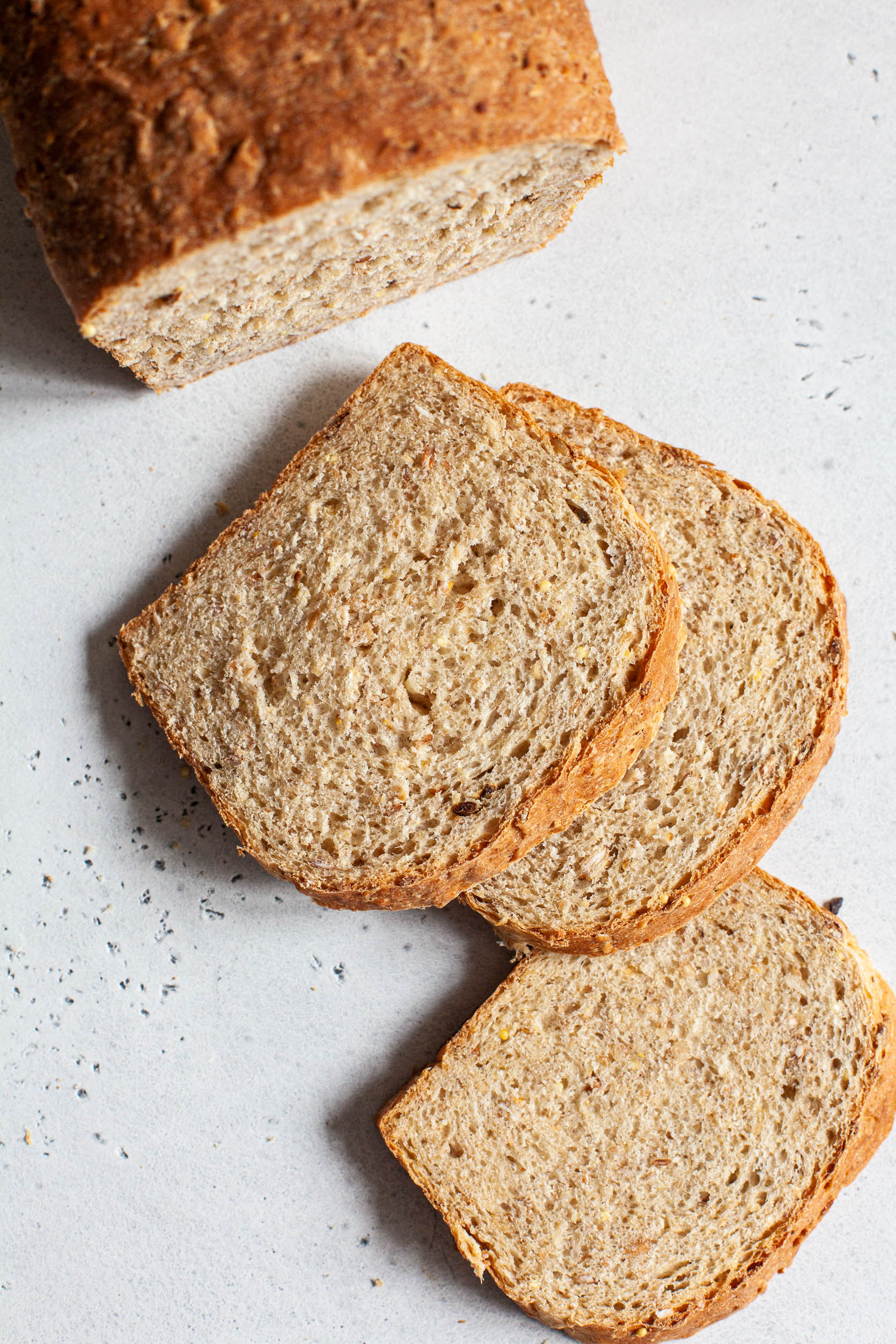
 203 views
203 viewsEasy Vegan Multigrain Bread
thefullhelping.com
4.2
(5)
Your folders

 185 views
185 viewsEasy sourdough recipe
olivemagazine.com
Your folders

 257 views
257 viewsMultigrain Pancakes Multigrain Pan...
calmingblends.com
Your folders

 738 views
738 viewsEasy Sourdough Bread Recipe
blessthismessplease.com
5.0
(47)
1 hours
Your folders

 274 views
274 viewsEasy Sourdough Waffle Recipe
blessthismessplease.com
4.4
(8)
20 minutes
Your folders
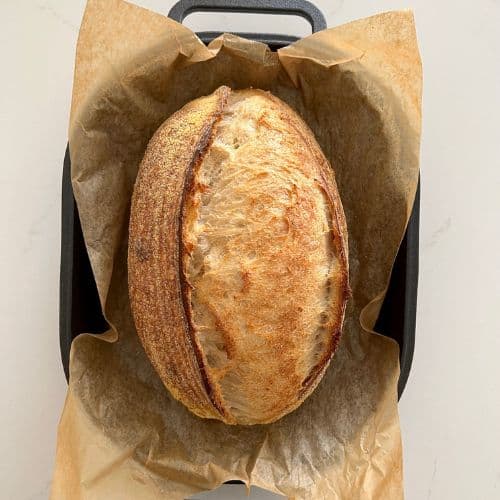
 318 views
318 viewsEasy Sourdough Batard Recipe
pantrymama.com
5.0
(1)
45 minutes
Your folders
 72 views
72 viewsEasy Sourdough Bread Recipe
littlespoonfarm.com